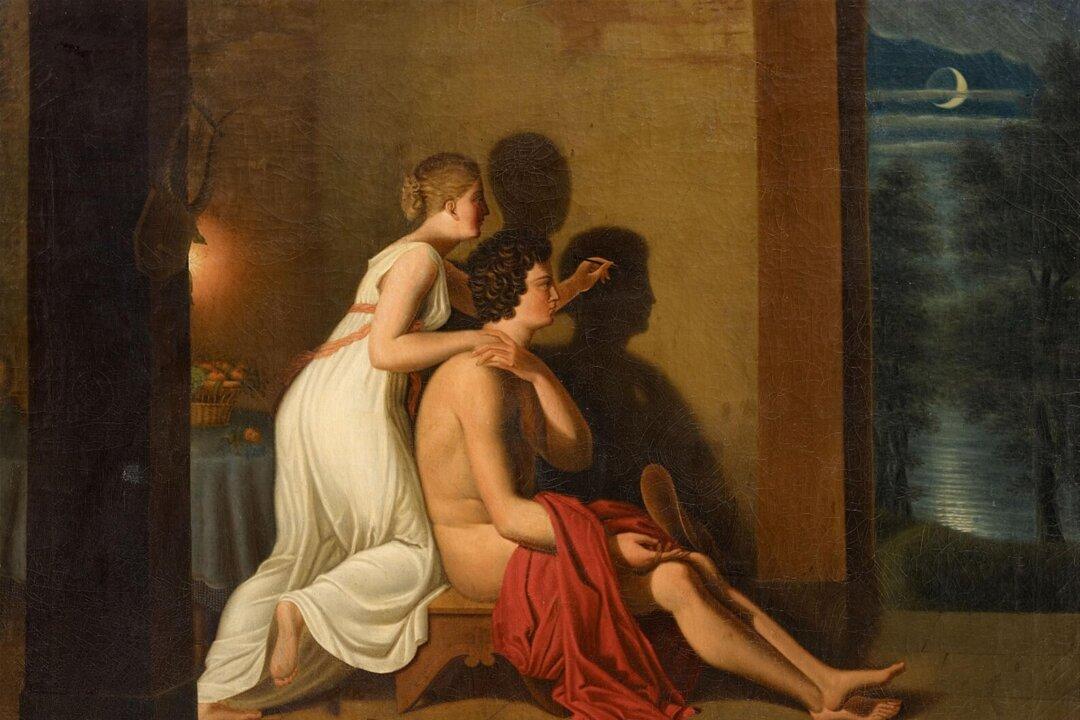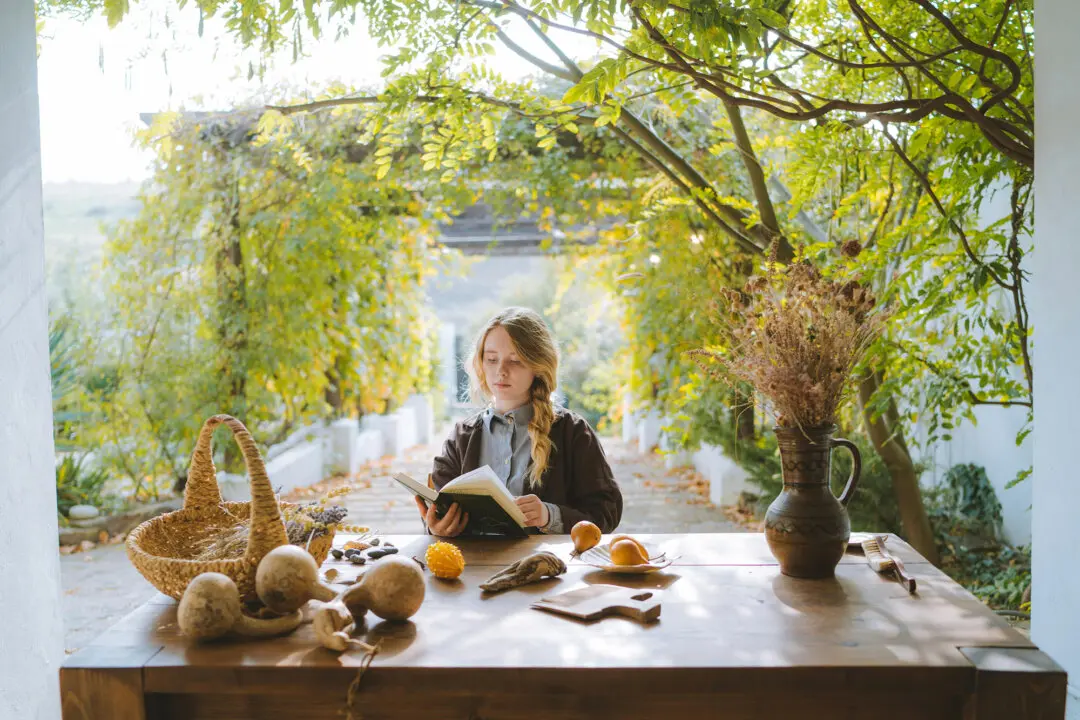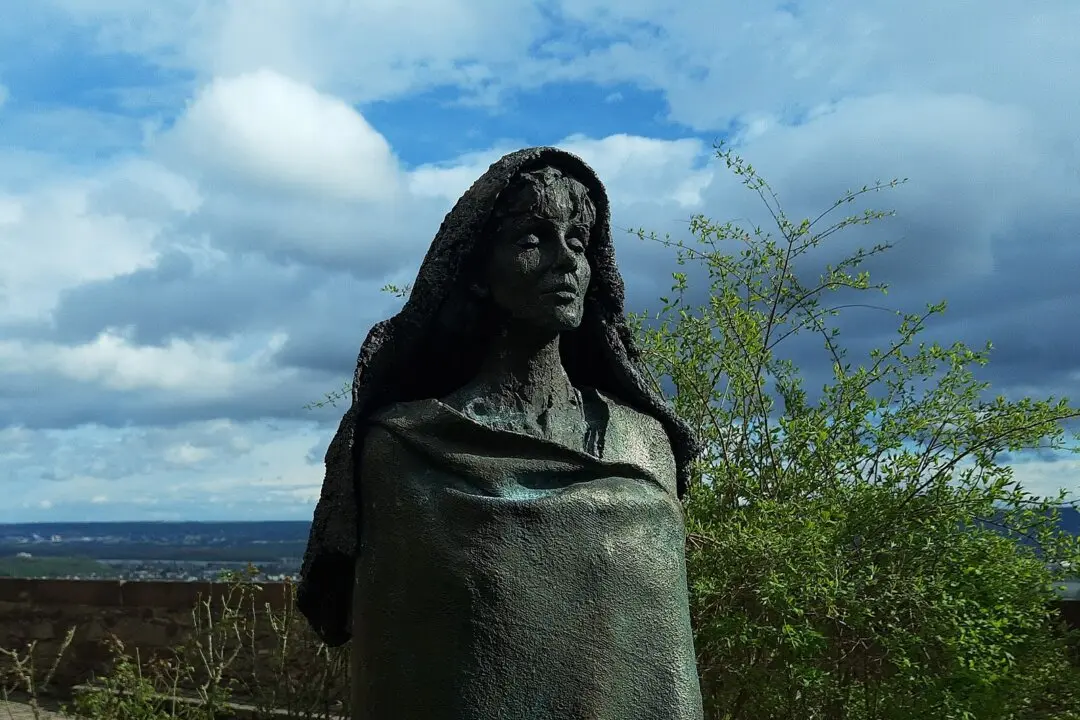Professor Kathleen L. Komar described Rainer Maria Rilke (1875–1926) “as a master who can lead us to a more fulfilled and less anxious life.”
Born in 1875 in Prague, Rilke is celebrated as one of the most significant German-language poets of the 20th century. His writing deals with love, death, solitude, and other delicate themes that reflect his sensible, philosophical mind. Among Rilke’s most celebrated works is the “Letters to a Young Poet,” which offers three key insights into the life of the artist and art’s role in nurturing the human soul.






